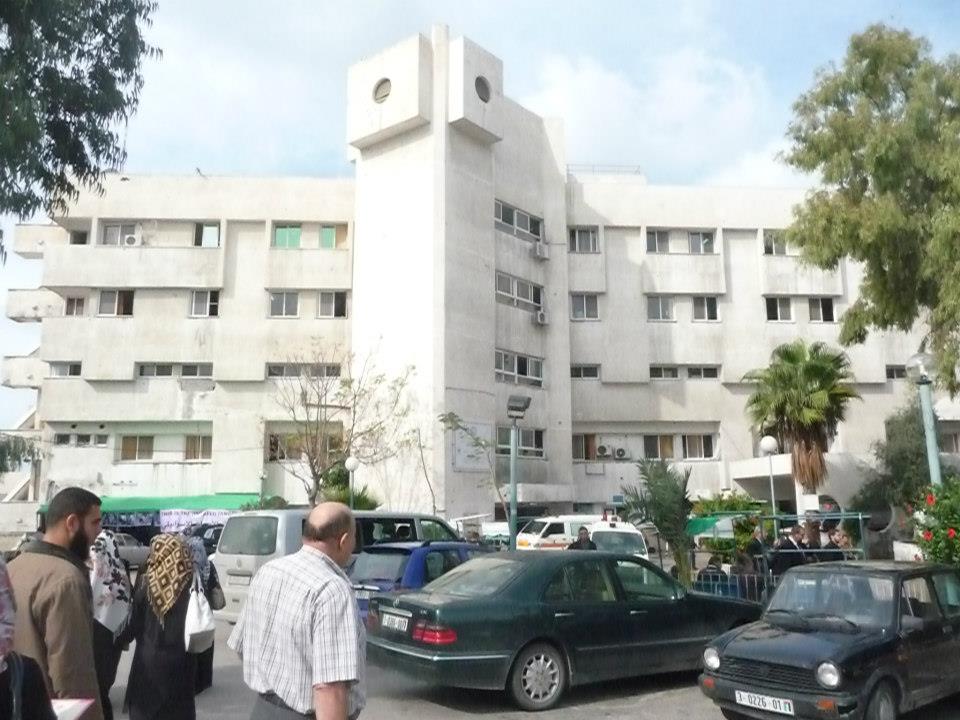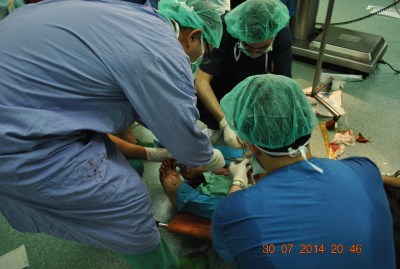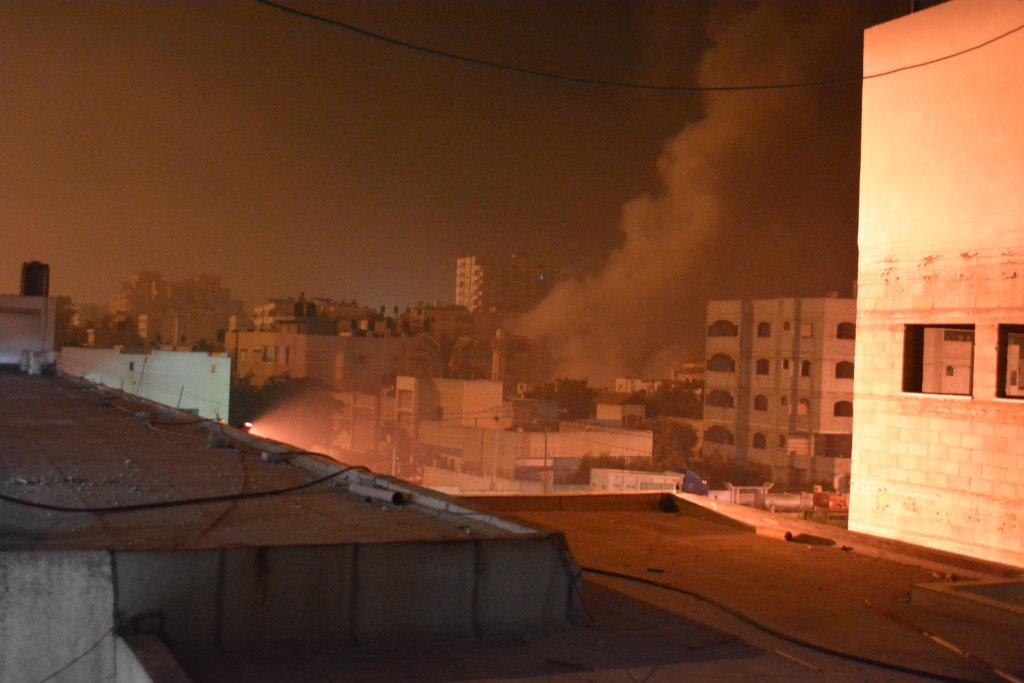Tag: Al Shifa Hospital
-
UPDATED: Israeli military announce they will bomb al-Shifa hospital in Gaza
1st August 2014 | International Solidarity Movement | Gaza, Occupied Palestine Updated August 5th: International volunteers, along with ISM activists, are continuing to stay in al-Shifa hospital four days after it was threatened to be bombed by the Israeli military. “From experience, we cannot trust the Israeli military to not attack during this ceasefire. Temporary ceasefire or not, we take the threat against…
-
Gaza Ministry of Health: “Gaza surgery being performed in corridors, on the floor
31st July 2014 | Gaza Ministry of Health | Gaza, Occupied Palestine Gaza hospitals are operating under impossible conditions, with surgery now being performed in corridors and on the floor due to the sheer numbers of wounded from massacres such as Shati park, UNRWA school and Shujeiyah market. Lack of theatre space sees two persons being operated…
-
Gaza: Black sky turns orange
30th July 2014 | Charlie Andreasson | Gaza, Occupied Palestine Since July 25th, international volunteers, including activists from the International Solidarity Movement (ISM) and other groups have begun a constant protective presence in various locations at the al-Shifa Hospital. Below is a journal extract from an ISM volunteer during his shift at the hospital on July 28th. There had…



